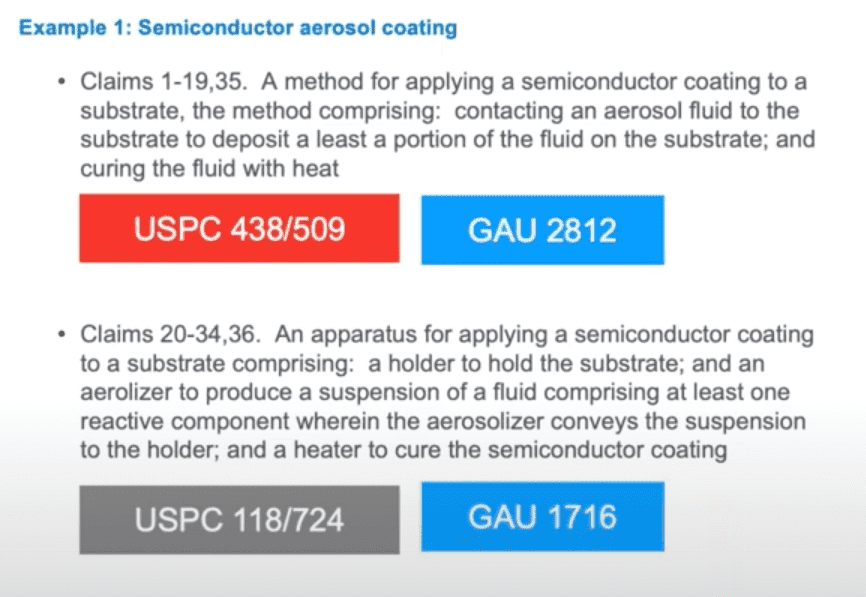How Classification Works at the USPTO: Targeted Drafting to Influence Prosecution Outcomes

“Targeted drafting”—drafting a patent application to place it into a specific art unit—is possibly the most important part of patent prosecution strategies that few patent practitioners think about. Every patent application’s assignment to a USPTO art unit is a “lottery” that determines the difficulty of the patent examiner who will evaluate your patent application. Each USPTO art unit is made up of different proportions of patent examiners who fall somewhere along a spectrum ranging from “very applicant-friendly” to “extremely applicant un-friendly.” This means that the odds are most in your favor when your patent application is assigned to an art unit with a high percentage of applicant-friendly examiners. Even the USPTO art units that deal with similar technologies can vary greatly in their patent examiner compositions. Understanding of how classification works at the USPTO and using targeted drafting can place your patent application into a more favorable art unit and can make a big difference in the outcome of the patent process.
Patent classifications used at the patent office
There are two primary patent classification systems used at the USPTO. One patent classification system is the Cooperative Patent Classification (CPC) system, which is used for prior art searches conducted by USPTO patent examiners. The CPC contains 250,000 possible classification codes that help paint a full picture of an invention based on its CPC classifications, making it a useful language-independent patent search tool for evaluating certain invention features or profiles.
The other patent classification system used by the USPTO is the United States Patent Classification (USPC) system. The USPC is used for administrative functions, such as gathering performance metrics. It is also a critical part of the art unit routing process. When a patent application is filed with the USPTO, it is first sent to a classification contractor who returns the application to the USPTO with an assigned USPC classification code. The USPTO then assigns the patent application to the art unit that is mapped to the assigned USPC classification code. The criteria used for assigning USPC codes to patent applications is both technology specific and highly complex, but, because the assignment criteria are defined by specific rule sets, USPC code assignments are also potentially predictable.

Targeted drafting with the Tech Center Navigator (formerly PathWays™) and Pre-Filing Classification Reports™
With insights into how classification works at the USPTO, the Tech Center Navigator feature, available on the LexisNexis PatentAdvisor® patent prosecution platform, has long helped PatentAdvisor™ users evaluate their likely art unit assignments. While the keyword-based Tech Center Navigator algorithm is an excellent patent tool for making high-level decisions about patent drafting, as an algorithm, it can only go so far.
For more tailored advice on how to positively influence the likelihood your patent application will be granted, LexisNexis® Intellectual Property has collaborated with Serco to offer customized Pre-Filing Classification Reports. Patent practitioners can now connect with experienced experts in assigning art units at the USPTO who will review their patent applications for guidance on potential classifications and ideas for targeting other art units with subtle patent drafting changes.
Through the Tech Center Navigator, Pre-Filing Classification Reports and the collaboration with Serco, LexisNexis IP is helping take patent drafting to a higher level by targeting specific art units with customized guidance.
Learn more about Pre-Filing Classification Reports.

Want to gain insights into the future of your application?
Learn how you can draft your patent application to better target a favorable tech center group and get the best quality patent in the shortest amount of time.
